45 how to add data labels in r
Text and annotations in R - Plotly Customize Displayed Text with a Text Template. To show an arbitrary text in your chart you can use texttemplate, which is a template string used for rendering the information, and will override textinfo.This template string can include variables in %{variable} format, numbers in d3-format's syntax, and date in d3-time-fomrat's syntax. texttemplate customizes the text that appears on your plot ... Adding labels to points plotted on world map in R Method 1: Using maps package. Maps: The "maps" package in R is used to draw and display geographical maps. It contains various databases for denoting countries, continents and seas. The package can be installed and loaded into the working space using the following command : install.packages ("maps")
Label BoxPlot in R | Delft Stack We can also label the graph properly using the right parameters. The xlab parameter labels the x-axis and ylab parameter labels the y axis. The main parameter sets the title of the graph. We can label the different groups present in the plot using the names parameter. The following code and graph will show the use of all these parameters.

How to add data labels in r
How to add percentage or count labels above percentage bar plot in R ... Adding count. The geom_bar () method is used which plots a number of cases appearing in each group against each bar value. Using the "stat" attribute as "identity" plots and displays the data as it is. The graph can also be annotated with displayed text on the top of the bars to plot the data as it is. Add Count and Percentage Labels on Top of Histogram Bars in R hist (…, labels=TRUE,..) Example: R set.seed(67832) xpos <- rnorm(50) hist(xpos , labels = TRUE, ylim=c(0,20)) Output The percentage can be computed using mathematical functions. Initially, the histogram without any labels is stored in a variable. Its counts can be accessed using the counts attribute of the extracted histogram variable. add_labels function - RDocumentation add_labels () adds labels to the existing value labels of x, however, unlike set_labels, it does not remove labels that were not specified in labels. add_labels () also replaces existing value labels, but preserves the remaining labels. remove_labels () is the counterpart to add_labels () . It removes labels from a label attribute of x.
How to add data labels in r. Change Table Names & Labels in R (2 Examples) | How to Modify & Adjust Table Names & Labels in R (2 Examples) In this R programming tutorial you'll learn how to change the names and labels of a table object. Table of contents: 1) Example Data. 2) Example 1: Change Column Names of Table Object. 3) Example 2: Change Row Names of Table Object. 4) Video & Further Resources. FACTOR in R [CREATE, CHANGE LABELS and CONVERT data] - R CODER The factor function. The factor function allows you to create factors in R. In the following block we show the arguments of the function with a summarized description. factor(x = character(), # Input vector data levels, # Input of unique x values (optional) labels = levels, # Output labels for the levels (optional) exclude = NA, # Values to be excluded from levels ordered = is.ordered(x ... R Tutorial Series: Labeling Data Points on a Plot Textxy. Within the calibrate package, the textxy () function can be used to label a plot's data points. The textxy () function accepts the following arugments ("Label points in a plot," n.d.). Here, we will use textxy () to add labels for the enrollment at the University of New Mexico to each of our plot's data points. Map with Data Labels in R - Donuts We still need to prepare the data further by adding two calculated columns. Click the bottom half of the New Measure button on the Home ribbon and select New Column. Add New Column Enter the following code into the formula bar that appears after clicking New Column. Change = StateData [Abb] & " " & ROUND (100*StateData [Chng],0) & "%"
How to Label Points on a Scatterplot in R (With Examples) - Statology Example 1: Label Scatterplot Points in Base R. To add labels to scatterplot points in base R you can use the text () function, which uses the following syntax: text (x, y, labels, …) x: The x-coordinate of the labels. y: The y-coordinate of the labels. labels: The text to use for the labels. The following code shows how to label a single ... Draw Scatterplot with Labels in R (3 Examples) | Base R & ggplot2 plot ( data$x, # Draw plot data$y, xlim = c (1, 5.25)) text ( data$x, # Add labels data$y, labels = data$label, pos = 4) As shown in Figure 1, the previous syntax created a scatterplot with labels. Example 2: Add Labels to ggplot2 Scatterplot Change plotly Axis Labels in R (Example) | Modify Plot Names To use the plotly library in R, you will need to first of all install it. Assuming you are using the R Studio IDE, run the below code in your console: install.packages("plotly") Please note that you can use any other code text editor of your choice that can run R and you will be fine as well. To load the plotly library in R, use the following code: Add text labels with ggplot2 - the R Graph Gallery This example demonstrates how to use geom_text() to add text as markers. It works pretty much the same as geom_point(), but add text instead of circles.A few arguments must be provided: label: what text you want to display; nudge_x and nudge_y: shifts the text along X and Y axis; check_overlap tries to avoid text overlap. Note that a package called ggrepel extends this concept further
Quick-R: Variable Labels Unfortunately the label is only in effect for functions provided by the Hmisc package, such as describe(). Your other option is to use the variable label as the variable name and then refer to the variable by position index. How to Add Labels Over Each Bar in Barplot in R? Get labels on the top of bars In the below example, we will add geom_text () in the plot to get labels on top of each bar. R set.seed(5642) sample_data <- data.frame(name = c("Geek1","Geek2", "Geek3","Geek4", "Geeek5") , value = c(31,12,15,28,45)) library("ggplot2") plot<-ggplot(sample_data, aes(name,value)) + geom_bar(stat = "identity")+ How to Add Labels Directly in ggplot2 in R - GeeksforGeeks To put labels directly in the ggplot2 plot we add data related to the label in the data frame. Then we use functions geom_text () or geom_label () to create label beside every data point. Both the functions work the same with the only difference being in appearance. The geom_label () is a bit more customizable than geom_text (). Add Variable Labels to Data Frame in R (2 Examples) - Statistics Globe The R syntax below uses the as.list, match, and names functions to assign our previously specified named vector as new labels to the variables of our data frame: label ( data1) <- as.list( my_labels [ match ( names ( data1), # Assign labels to data frame variables names ( my_labels))])
3.9 Adding Labels to a Bar Graph | R Graphics Cookbook, 2nd edition You want to add labels to the bars in a bar graph. 3.9.2 Solution Add geom_text () to your graph. It requires a mapping for x, y, and the text itself. By setting vjust (the vertical justification), it is possible to move the text above or below the tops of the bars, as shown in Figure 3.22:
Data Visualization With R - Title and Axis Labels This is the second post of the series Data Visualization With R. In the previous post, we explored the plot () function and observed the different types of plots it generated. In this post, we will learn how to add: Title. Subtitle. Axis Labels. to a plot and how to modify: Axis range. In the previous post, we created plots which did not have ...
add_labels function - RDocumentation add_labels () adds labels to the existing value labels of x, however, unlike set_labels, it does not remove labels that were not specified in labels. add_labels () also replaces existing value labels, but preserves the remaining labels. remove_labels () is the counterpart to add_labels () . It removes labels from a label attribute of x.
Add Count and Percentage Labels on Top of Histogram Bars in R hist (…, labels=TRUE,..) Example: R set.seed(67832) xpos <- rnorm(50) hist(xpos , labels = TRUE, ylim=c(0,20)) Output The percentage can be computed using mathematical functions. Initially, the histogram without any labels is stored in a variable. Its counts can be accessed using the counts attribute of the extracted histogram variable.
How to add percentage or count labels above percentage bar plot in R ... Adding count. The geom_bar () method is used which plots a number of cases appearing in each group against each bar value. Using the "stat" attribute as "identity" plots and displays the data as it is. The graph can also be annotated with displayed text on the top of the bars to plot the data as it is.
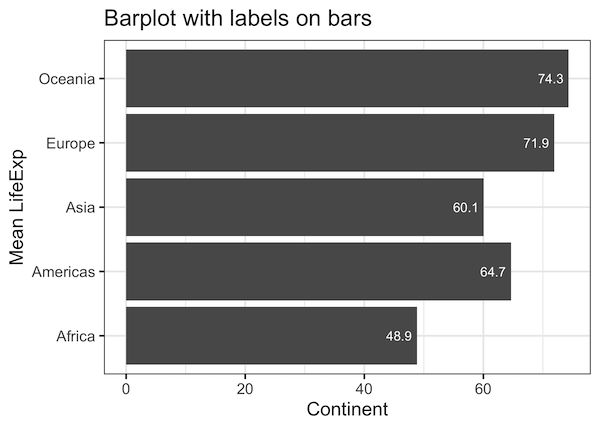

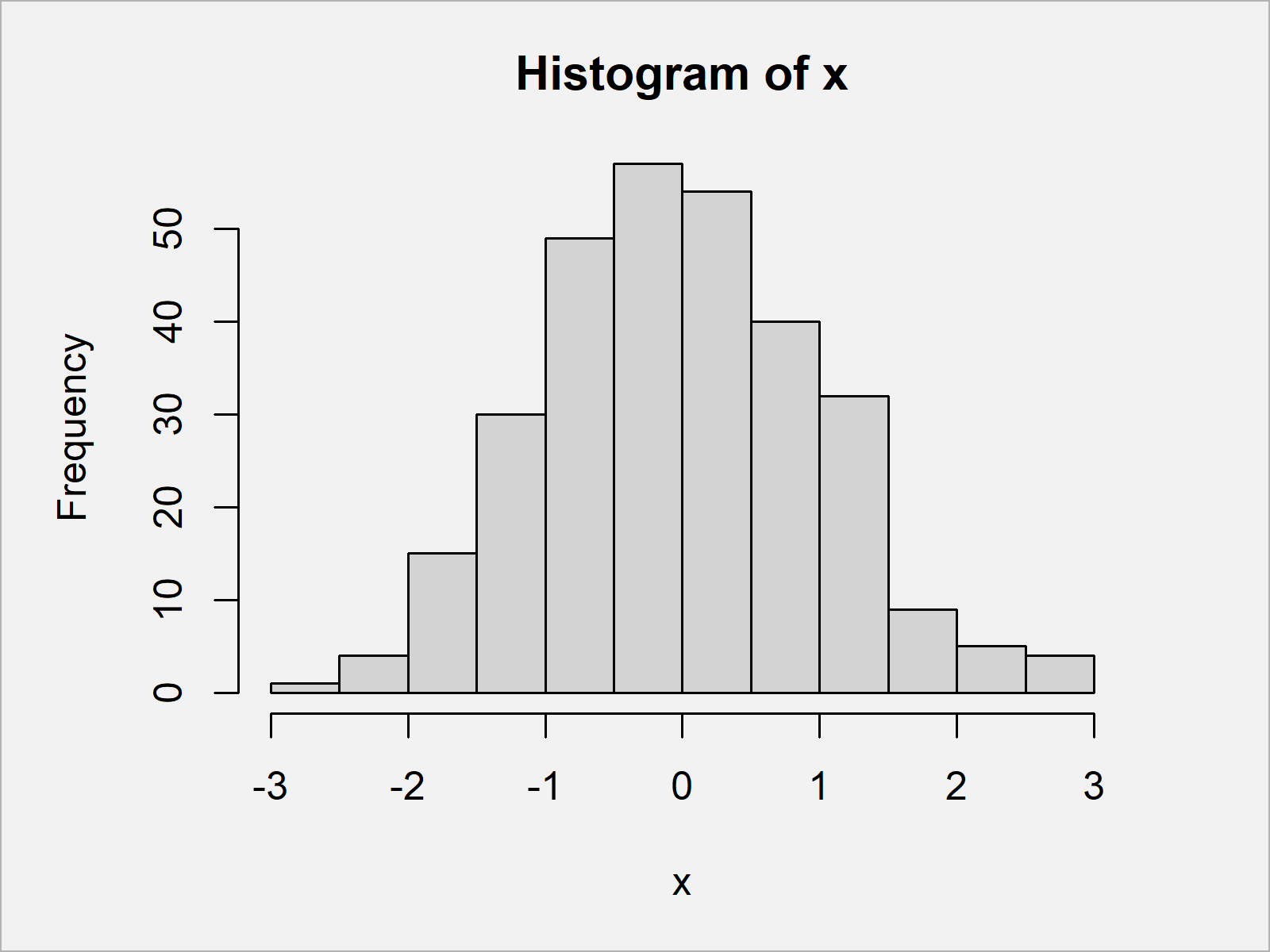
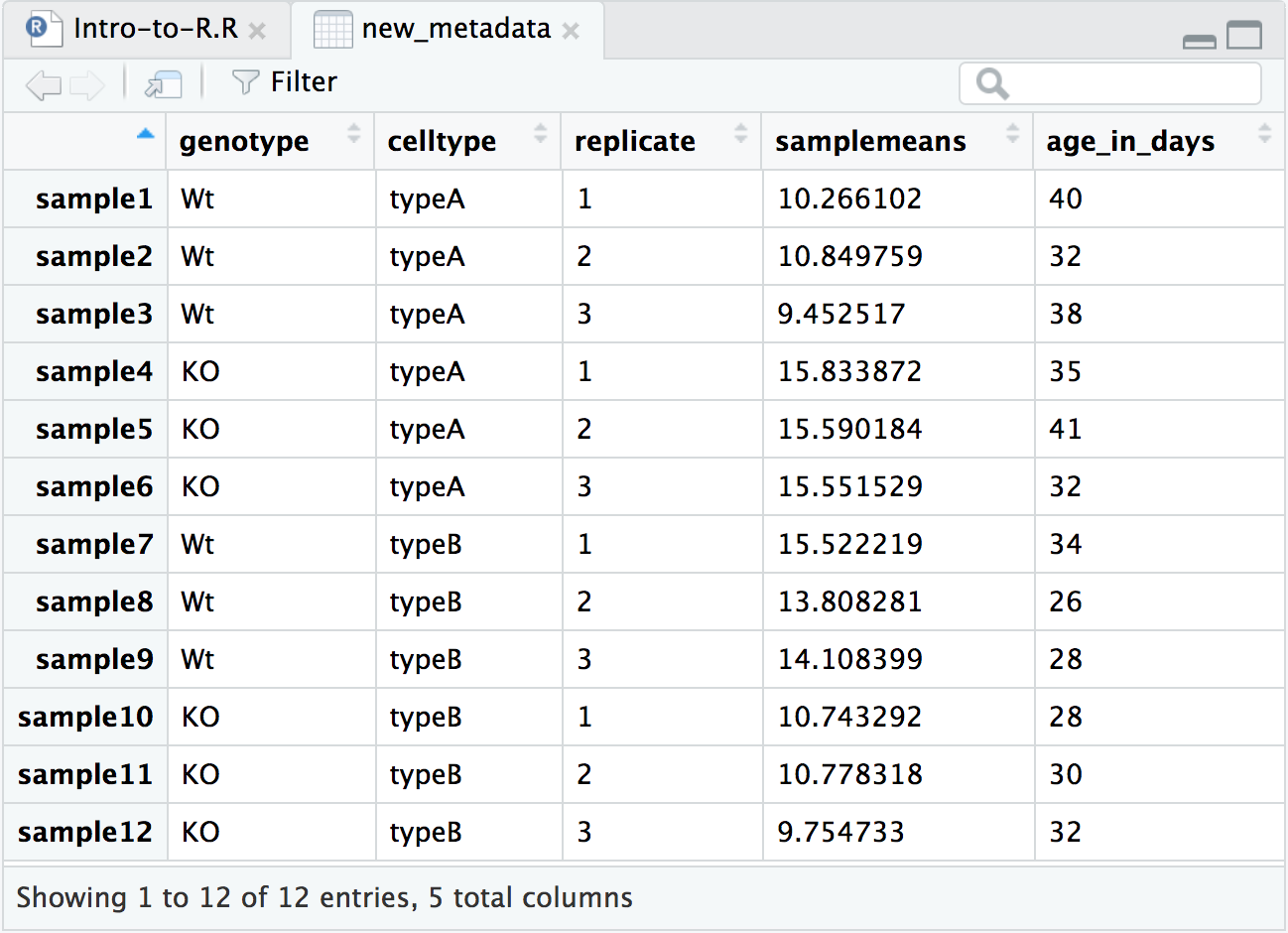




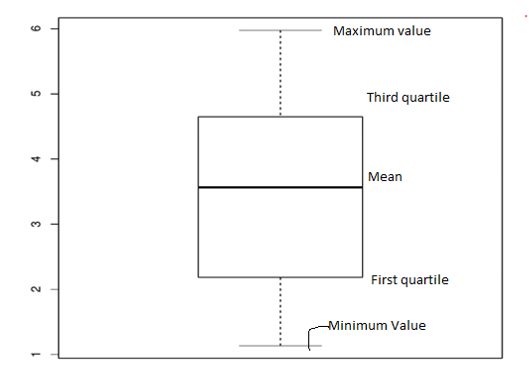
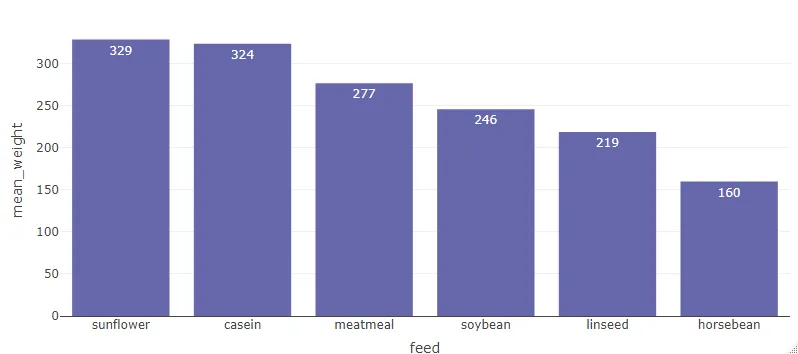





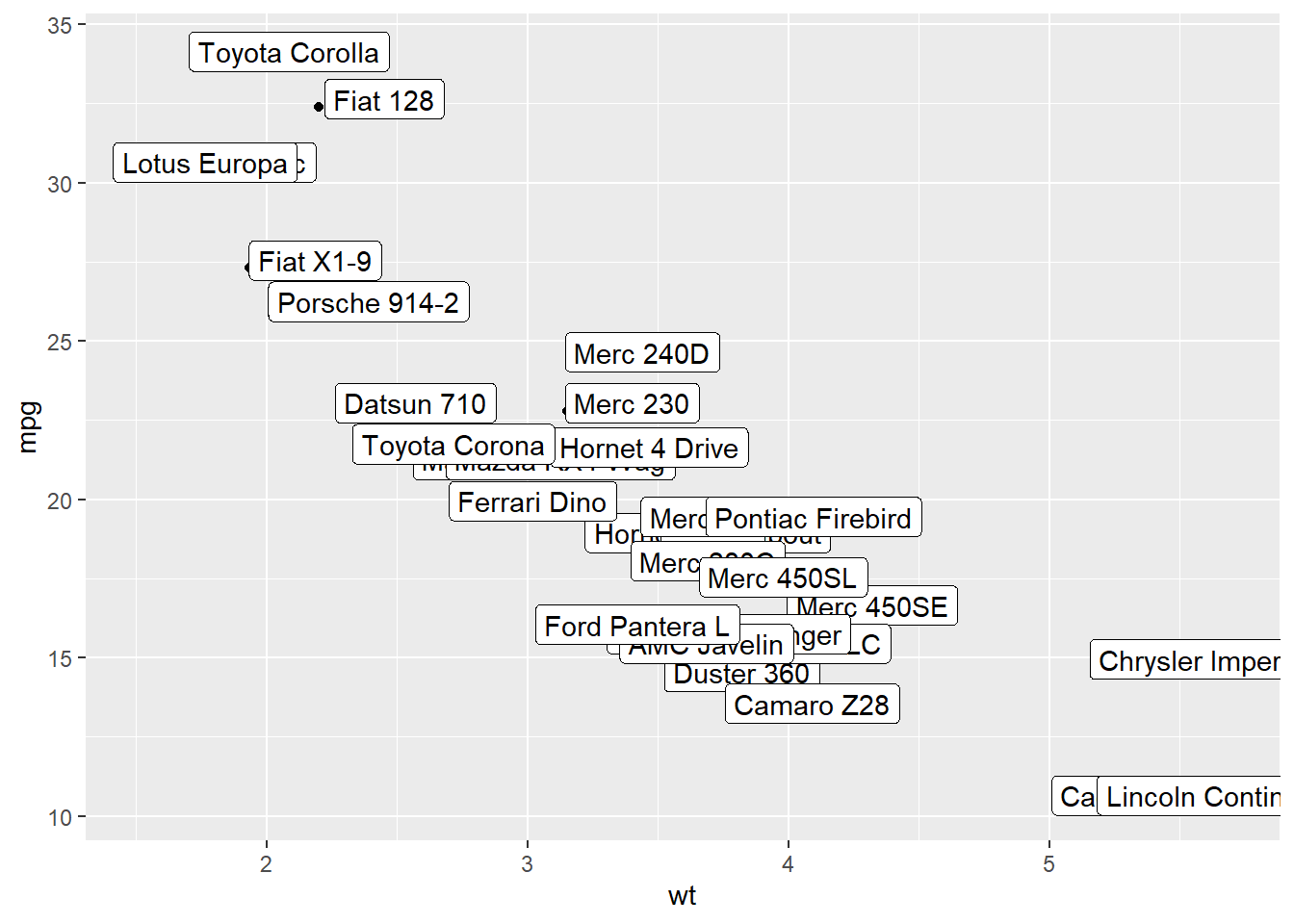

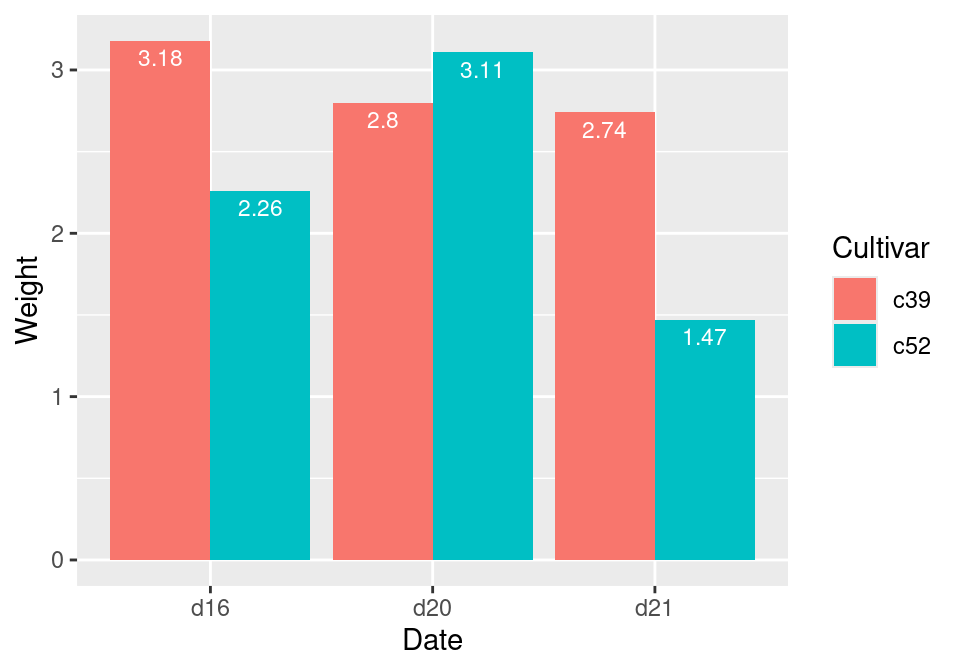

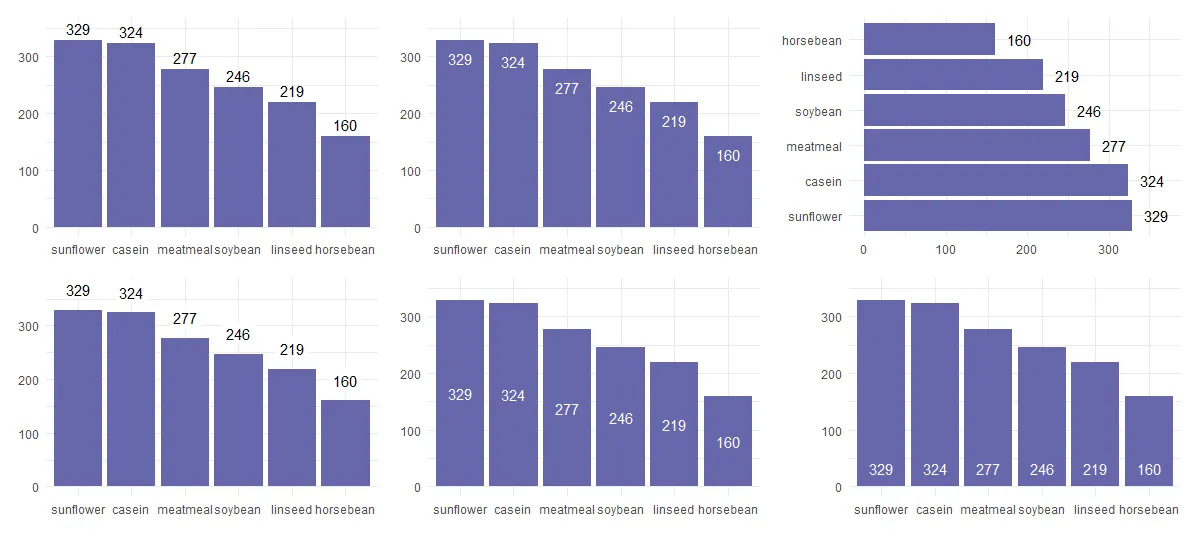







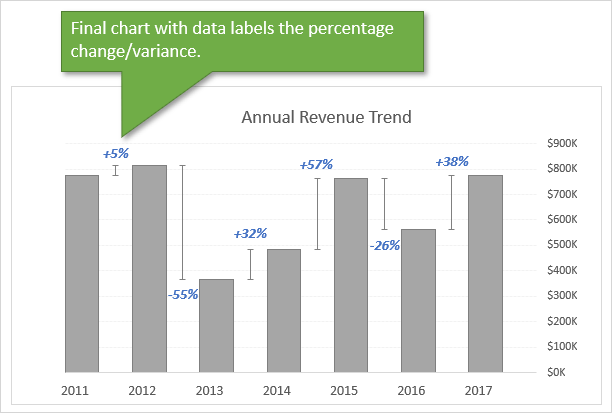




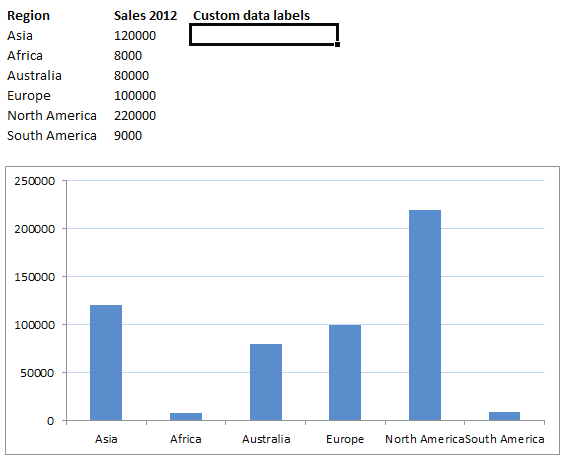




Post a Comment for "45 how to add data labels in r"